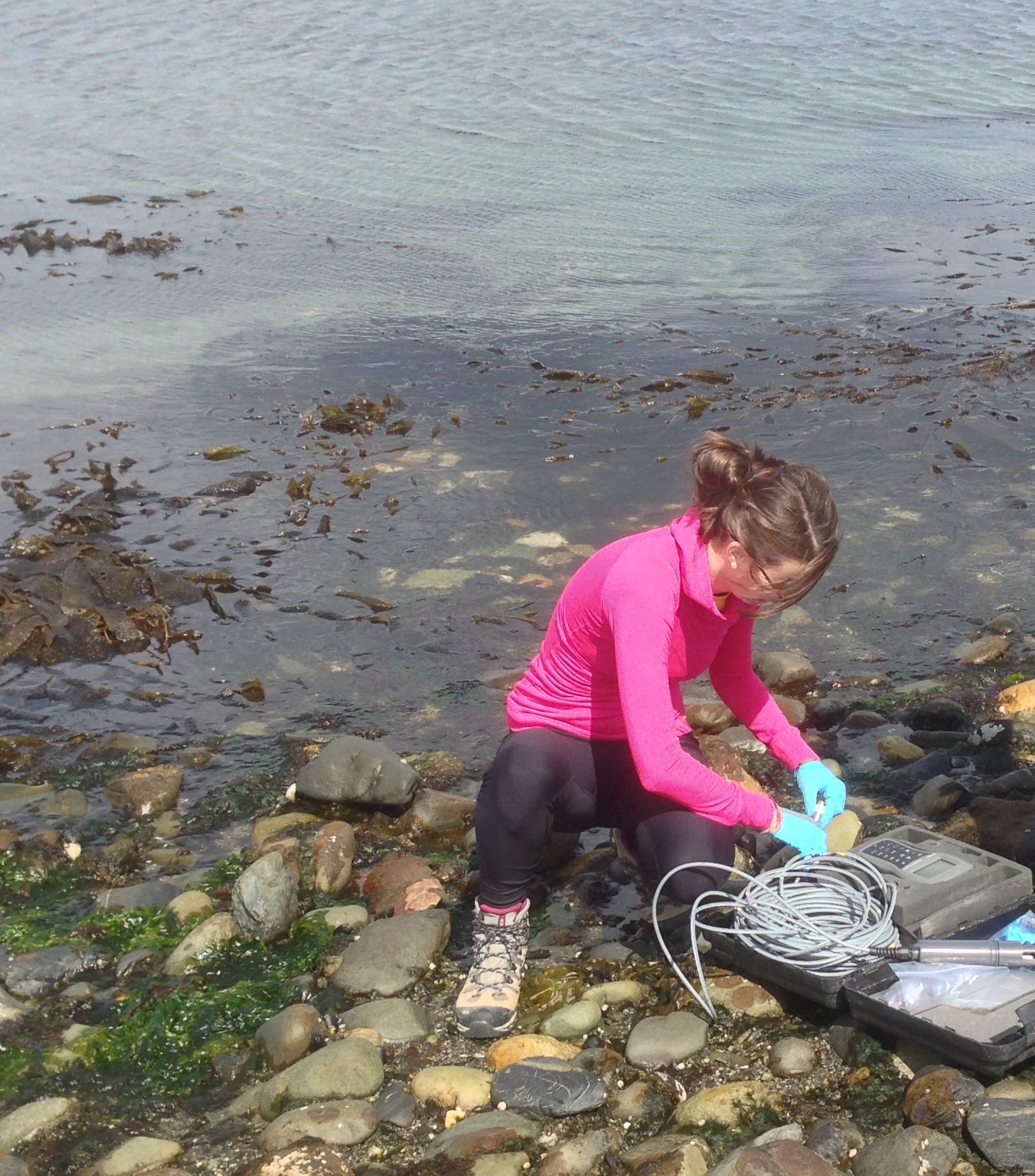“Back to the future? Late Holocene marine food web structure in a warm climatic phase as a predictor
This work is based on a comparison of a Beagle Channel trophic network from the past, when the temperature was higher than today's, taking into account the Beagle Channel trophic network of the present. It can be predicted that if the temperature continues to rise there will be a possible effect on hake stocks in the area, a species that is commercially exploited by Argentina.
This study is part of the doctoral thesis of Maria Bas (Centro Austral de Investigaciones Científicas, CADIC-CONICET, Universidad Nacional de Mar del Plata and member of IRBio), co-directed by Dr. Lluís Cardona (Department of Evolutionary Biology, Ecology and Environmental Sciences of the University of Barcelona and member of IRBio) and published in the journal Global Change Biology.
The work is based on the use of zooarchaeological remains of marine fauna found in Tierra del Fuego (Argentina), belonging to the remains of the hunter-gatherer-fisher societies that inhabited this region for approximately 10,000 years AP. The remains studied belong to an archaeological site called Lanashuaia-II, located in the Beagle Channel and dated approximately 1,300 years AP (warmer than the present). The study used stable isotope analyses of carbon and nitrogen from bones of ancient and modern marine species in the Beagle Channel in order to compare the structure of the late and modern Holocene food webs and predict possible changes as a result of an increasing sea surface temperature in the region. Complementary isotopic analyses of ancient and modern shells of both limpets and mussels were made to explore changes to the basal isotopic line and then to compare marine trophic networks over time.
The results confirmed a pattern of decreased primary marine productivity during the late Holocene in the Beagle Channel. Our data suggest that all species that have been subject to intense human exploitation (Arctocephalus australis, Otaria flavescens and Merluccius sp.) have significantly increased their trophic levels.
One of the most relevant results of this work is the possibility that the sawfish (T. atun) will recolonize again this region, where in a warmer past this species competed with hake. This result is extremely important since hake is currently a key species for industrial fisheries in Argentina. The innovation of this study lies in the comparison of the trophic net of the past (warmer climate) with the present one. The prediction of the possible changes that could happen in the near future taking into account the forecast of the increase of the temperature of the oceans as a consequence of the global warming, having a potential impact in the fishing industry and consequently in the economy.
Bas M, Briz y Godino I, Álvarez M, Vales DG, Encrespo EA, Cardona L. (2018). Back tono the future? Late Holocene marino food web structure in a warm climático phase as a predictor of trophodynamics in a warmer South‐Western Atlantic Ocean. Glob Change Biol., 00:1–16.
https://doi.org/10.1111/gcb.14523
